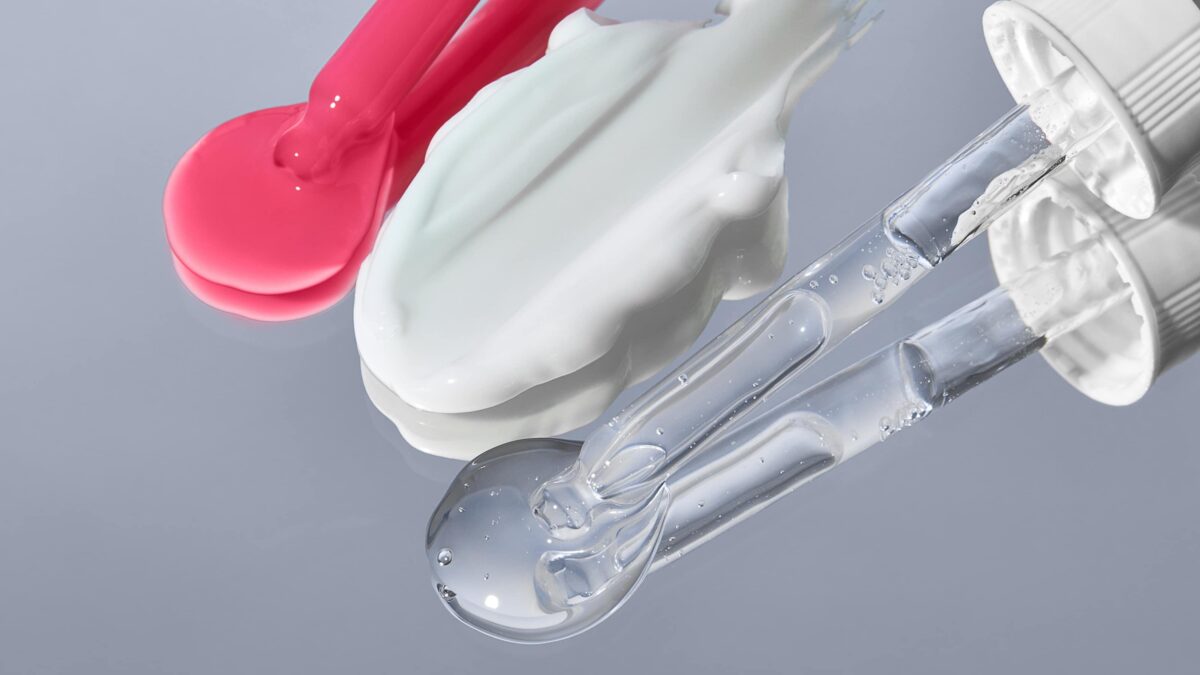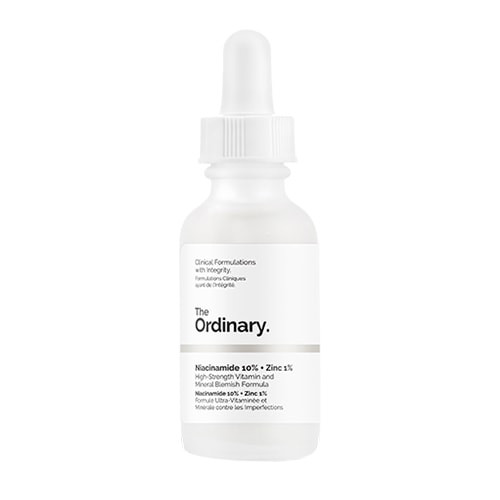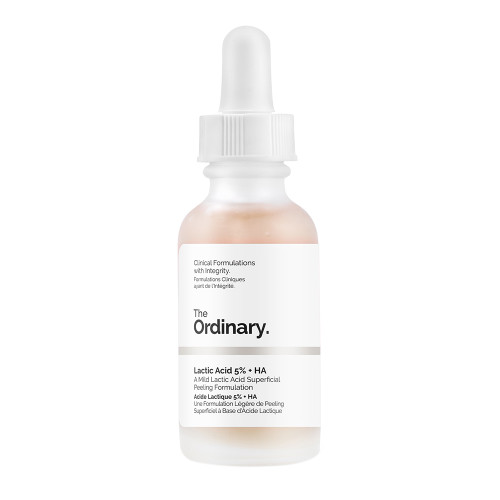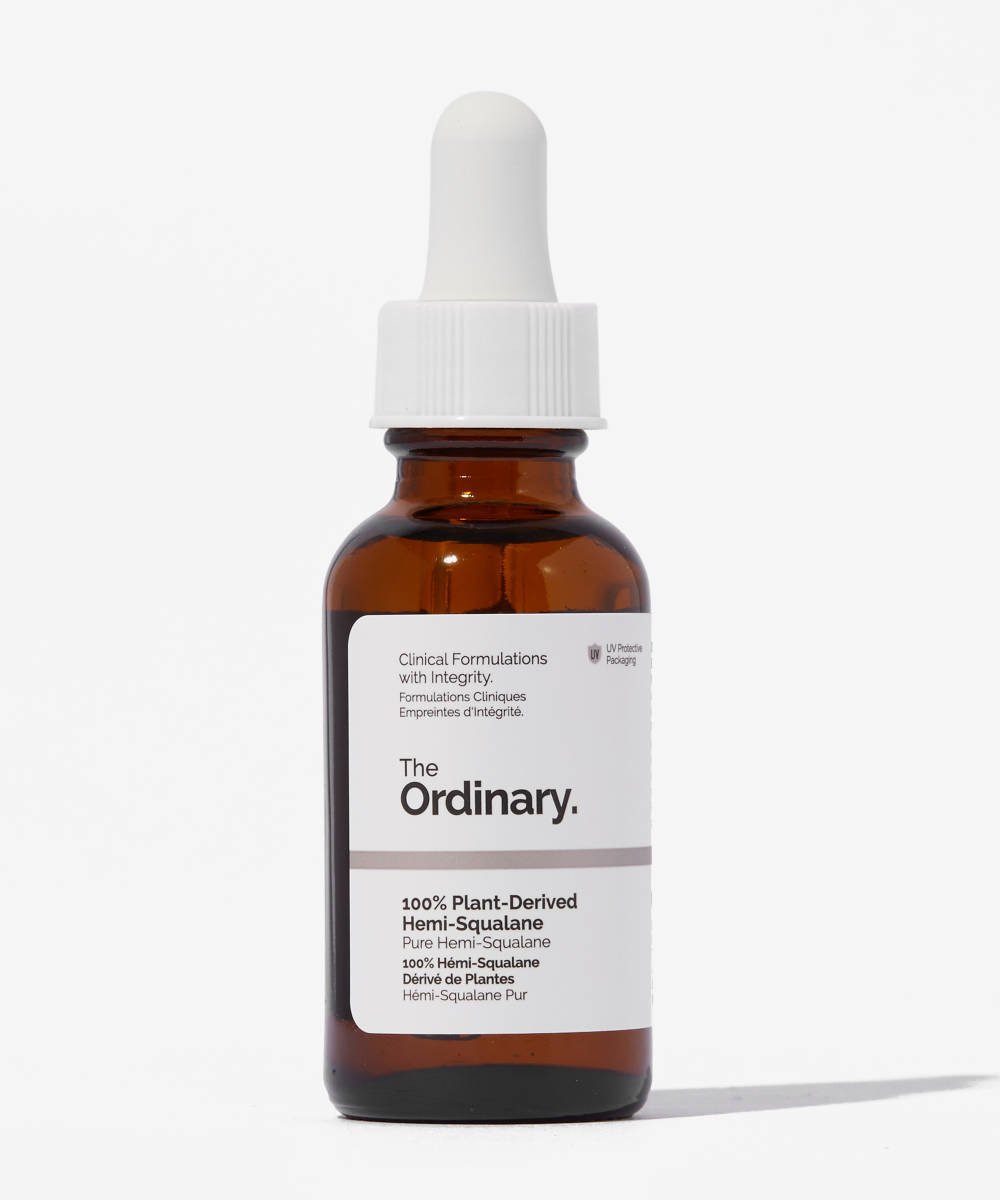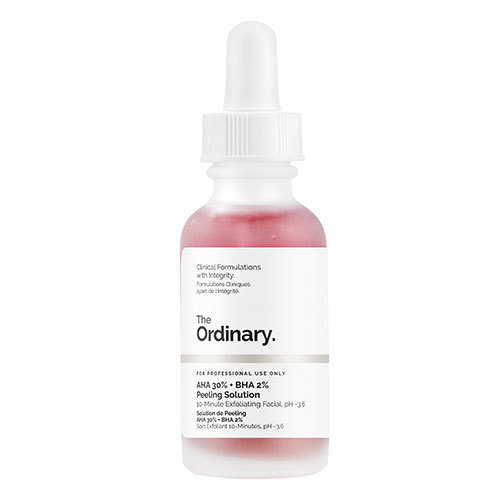Great skincare doesn’t have to be expensive—as you’ll know if you’ve tried any products from The Ordinary. The brand’s minimal formulas cater to multiple skin types and concerns with targeted solutions that don’t break the bank—and with the range now featuring serums, cleansers, masks, and moisturisers, it’s possible to build a full skincare routine using The Ordinary products. Still, with so many products to choose from (and some very technical-sounding names) chances are you’re may be a little bit confused by exactly what The Ordinary’s products are about. If you don’t know your acids from your retinoids, it can all be a bit overwhelming.
That’s where we can help. We’ve answered your top ten FAQs about The Ordinary below.
1. How do you use The Ordinary's niacinamide?
The Ordinary Niacinamide 10% + Zinc 1% is a great serum for targeting breakouts, exposed pores, oily skin, and congested skin. It helps to regulate sebum production, support the skin barrier, and heal scars. Because this serum is water-based, it should be applied before any heavier oils or creams. Apply it after cleansing and use it both morning and evening for best results.
2. Why is The Ordinary so affordable?
Normally, serums and oils cost an absolute fortune, so it can be a little confusing when most of The Ordinary’s products come in at less than a tenner – there’s a few reasons for this. Firstly, these are no frills products, all with minimal packaging, no added fragrance, and really short ingredients lists – all things that typically bump prices up. Secondly, the ingredients are all proven to work – they’ve been tested thousands of times over the years, so The Ordinary doesn’t need to pay for the research to be done again. Finally, the brand keeps their marketing costs down and don’t pay research groups to support misleading claims.
3. Which The Ordinary products should I use for acne scars?
Any of The Ordinary’s acids can be used to help fade the appearance of acne scars and red marks by providing light exfoliation. However, it’s important to stick to just one and not to layer acids—this will irritate skin and make the scars more inflamed. Retinoids will also help, as they increase cell turnover, as will vitamin C (which brightens pigmentation), and niacinamide. Again, it’s important not to mix these products all at the same time. Dermatologists recommend using a vitamin C or niacinamide in the morning and then either an exfoliating acid or a retinoid in the evening.
Acids:
The Ordinary Mandelic Acid 10% + HA – The gentlest of The Ordinary’s AHAs as it has large molecules that don’t penetrate as deep as lactic and glycolic acids.
The Ordinary Lactic Acid 10% + HA 2% – A medium-strength AHA, lactic acid is stronger than mandelic as its molecules are smaller so can absorb deeper. However they are not as small as glycolic molecules so it is still a gentler alternative to glycolic.
The Ordinary Glycolic Acid 7% Toning Solution – Glycolic acid has tiny molecules that can penetrate deeper, so this is the strongest of The Ordinary’s AHAs .
The Ordinary AHA 30% + BHA 2% Peeling Solution – An intensive treatment, a blend of lactic, glycolic, citric, salicylic, and tartaric acids to penetrate skin at multiple levels.
4. How do you use The Ordinary lactic acid?
The Ordinary Lactic Acid 10% + HA is an AHA that gently exfoliates the skin without triggering inflammation and sensitivity. This is a water-based serum, so should be applied after cleansing, and before oils and creams. Because it is an exfoliant it should only be used in the evening and should not be layered with retinoids or other AHAs. It’s also recommended to use SPF the morning after using lactic acid because it can increase skin’s sensitivity to the sun.
5. Which The Ordinary products should not be used together?
Many people are divided over which ingredients can and can’t be layered together, however ‘best practice’ advice from dermatologists is not to layer acids with each other, or with vitamin C, or retinoids. Strudies show that layering can impact the pH balances of the formulas and cancel out the benefits of certain ingredients, which essentially makes the products ineffective. Combining products in quick succession also increases skin’s sensitivity due to the high intensity of multiple active ingredients. The best way to get the benefits of these ingredients is to use them at different times of day. For example, dermatologists recommend using a vitamin C in the morning and then either an acid or a retinoid in the evening.
6. Which The Ordinary retinol should I use?
The Ordinary’s retinols are split into two categories, retinols and retinoids. Both have the same benefits for skin (reducing signs of ageing, evening skin tone, clearing congestion, and smoothing skin texture) but work in different ways. Retinols are typically a bit gentler and may take longer to see results but are more suitable for sensitive skin types or anyone new to retinoid products.
7. How does The Ordinary Buffet work?
The Ordinary’s Buffet serum has now been renamed to The Ordinary Multi-Peptide + HA, and as its new name suggests, it mainly works by using peptides. Peptides send a message to your skin that it has lost collagen and needs to produce more, essentially kicking your skin’s renewal process into overdrive. Collagen production tends to slow down from the age of 25 so the increase helps to plump skin to reduce signs of ageing (lines, wrinkles, and loose skin). It also helps to reduce the appearance of pigmentation (caused by sun damage or breakouts) by increasing the activity of antioxidants.
8. Which The Ordinary products should I use for acne?
The Ordinary has a number of products which will help with acne-prone skin as they will prevent and clear the congestion (caused by excess sebum and dead skin cells) that leads to clogged pores and in turn, breakouts. Niacinamide 10% + Zinc 1% will also help with clogged pores and to heal and calm inflammation. For a targeted spot treatment, apply Salicylic Acid 2% Solution directly to spots—it’s anti-bacterial and anti-inflammatory so will help to reduce the size and appearance of spots. If you like using oils in your routine, try the 100% Plant-Derived Squalane, which moisturises skin without clogging pores.
9. Which The Ordinary vitamin C is best?
Vitamin C is an antioxidant that inhibits excess melanin production and increases collagen production in the skin. Basically, it keeps skin looking young, bright, and smooth, and helps to fade pigmentation and reduce signs of skin ageing. Vitamin C is often labelled as ascorbic acid or ascorbyl which is why things can get confusing…
Vitamin C Suspension 30% in Silicone – Uses the most tested form of vitamin C, with silicone (which conditions skin)
Vitamin C Suspension 23% + HA Spheres 2% – Uses the most tested for of vitamin C, with hyaluronic acid (which hydrates and improves absorption of the vitamin C)
100% L-Ascorbic Acid Powder – A loose powder that you mix with water before applying, allows you to adjust strength.
Ascorbyl Glucoside Solution 12% – A water-based formula (more stable and won’t go off as quickly as the above products)
Ascorbyl Tetraisopalmitate Solution 20% in Vitamin F – An oil-based formula which absorbs quickly and is good for dry skin types
10. How does The Ordinary AHA/BHA peel work?
The AHA + BHA 2% Peeling Solution uses two difference types of chemical exfoliant (not as scary as it sounds!) to give skin a brighter, clearer, and more even appearance. AHAs exfoliate the top surface of the skin (removing dead skin cells and smoothing the skin’s texture) while BHAs exfoliate at a deeper level to clear congestion. As well as improving skin tone and texture, this treatment can help to fade the appearance of scars or red marks left by blemishes. As each layer is exfoliated away, the mark will appear more faded and will eventually disappear.
